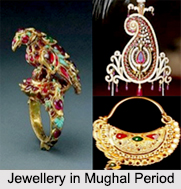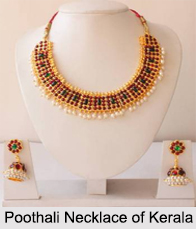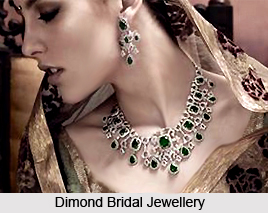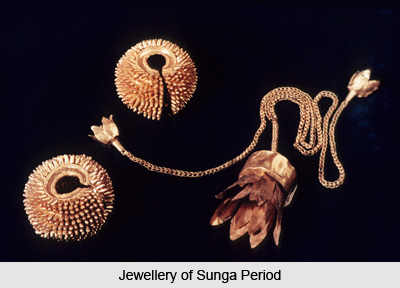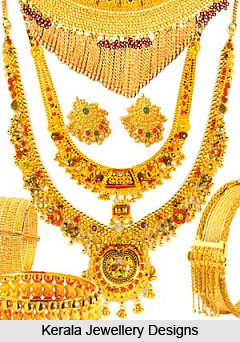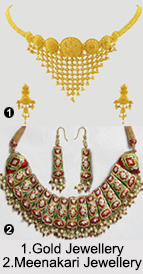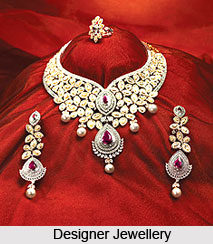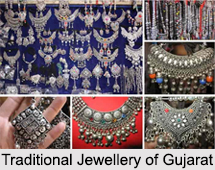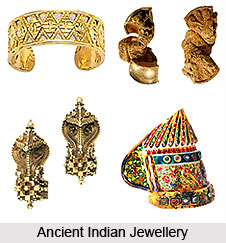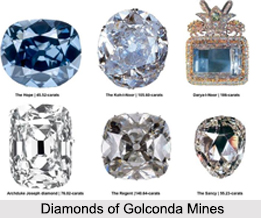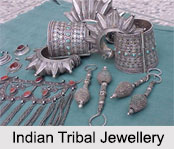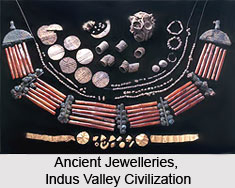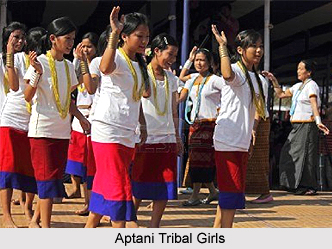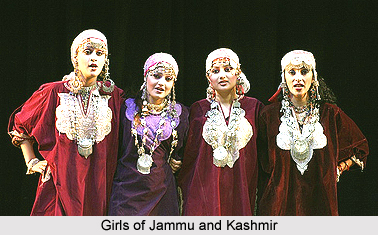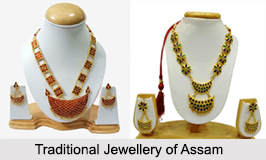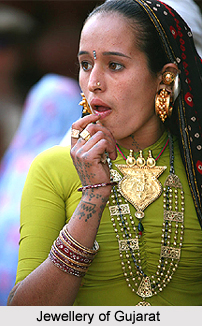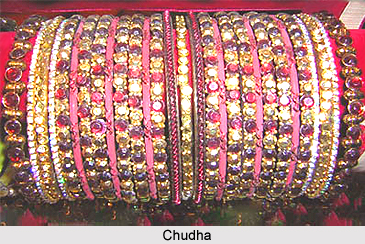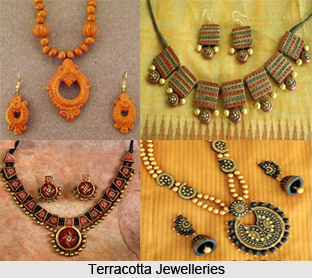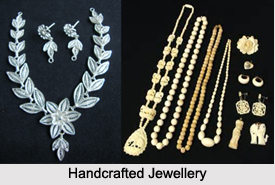 The craze for Handcrafted Jewellery has been increasing in almost all the sections of the society. The charm of handcrafted jewellery outshines all other forms of ornamentation. It"s not just the sheer beauty and the value of the handmade ornaments which pulls everyone towards it, but the real attraction lies in the intricacy of its designs and the efforts made by the craftsmen in creating each and every design.
The craze for Handcrafted Jewellery has been increasing in almost all the sections of the society. The charm of handcrafted jewellery outshines all other forms of ornamentation. It"s not just the sheer beauty and the value of the handmade ornaments which pulls everyone towards it, but the real attraction lies in the intricacy of its designs and the efforts made by the craftsmen in creating each and every design.
Following is a list with a brief description of the most widely recognized and admired types of handcrafted jewellery adorned by women in India:
•Bead Jewellery: Chiefly related to Indus valley civilization, bead jewellery is a 5000 year old art made popular by the Indus valley people. They created beautiful beads out of gold, copper, silver, clay, ivory and wood.
•Filigree Jewellery: Silver metal is used as a base for making filigree jewelry. This kind of jewellery requires a lot of patience and an eye for minute details as a lot of technicality and precision is involved in its creation.
•Ivory Jewellery: As the name suggests, it is made from the tusk of an elephant. It is a highly artistic piece brought by Mughals to India which requires great craftsmanship for its creation. Its intrinsic beauty lies in the delicacy with which designs are engraved on it.
•Quill Jewellery: Quill Jewellery is very beautiful and colourful. Quilling is basically an art form that involves the use of strips of paper that are rolled, shaped, and glued together to create decorative designs.
•Tribal Jewellery: Tribal jewellery in India has a huge variety as each tribe has its own style of ornamentation. It is created by using wood, bone, clay, crude metal and shells. Wearing traditional handmade jewelry adds to one"s beauty and gives an instant rustic look.
So, the wide variety of traditional handmade jewellery available in India gives a plethora of choices to choose from and add to the glam quotient of ones personality.
This article is a stub. You can enrich by adding more information to it. Send your Write Up to content@indianetzone.com
